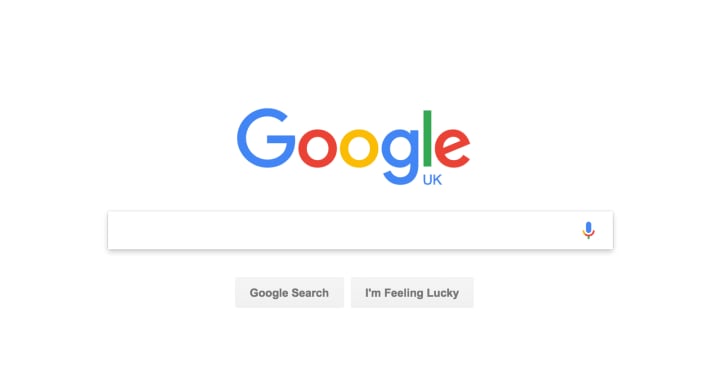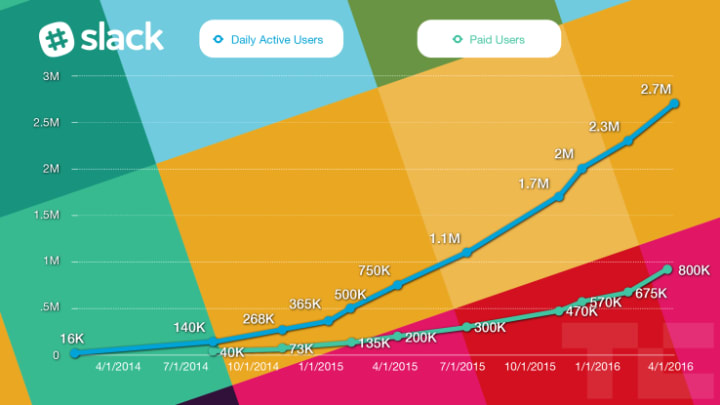Create With Simplicity
Insights on How to Make Products That Users Love

We live today in a very different world than we were just a decade ago. Technological innovation has resulted in benefits such as websites being able to be launched in under 24 hours, the ability to reach millions of people through social media and access to over 30 million songs through a single app.
All of which comes for free, or at worst, less than the price of two cups of coffee per month. It’s therefore unsurprising to see how many entrepreneurial ideas are being discussed, executed and brought to life around us.
The downside of all this, however, is a world that is increasingly messy with consumers often overwhelmed by the number of choices that face them. On the app stores for both Apple and Android customers, there are over 2 million apps available for download.
This is why simple, clean and easy-to-use products and services can be a powerful breath of fresh air in the marketplace.
Paul Graham once noted in a tweet that:
“In a time of bad design, building something simple is a revolutionary act.”
In a study conducted by Google in 2012, researchers concluded that visually complex websites were rated as less loved by their simpler counterparts. Looking at the California-based technology firm’s search page, it is clear that they have embraced this since their inception in 1998.

Embracing the notion of simplicity and good design is thus critical and even more so in a world where people’s attention spans are getting ever shorter.
I’ve read from a number of sources that our average attention span is now shorter than that of a goldfish!

“Make your designs distinctively simple or be extinct.”
Achieving this however is harder than it looks. Simplicity is not just about the visuals and how minimalist something looks. It’s also very much about how it works and why it is being built in the first place.
Jonathan Ives, Chief Design Officer at Apple, noted that "you have to deeply understand the essence of a product in order to be able to get rid of the parts that are not essential."
If your users are engaging with 20 percent of the features you offer 80 percent of the time, surely it makes sense to spend 80 percent of your time on the most important 20 percent of the product?

Building with simplicity at the heart of everything is particularly evident in the growth of Apple as a company. Their philosophy and approach triggered a design revolution and has inspired countless other companies to learn from their approach.
One of the fundamental drivers for this company has been to ensure that all of their products are intuitive to use no matter your background, knowledge of computers, or age.
In striving for simplicity, this must be balanced with keeping things human so as not to alienate users (think back to the Nokia 7280 handset released in 2005).

This concept of less is more is universal and has been widely discussed. Jason Fried, author of Rework, argues that the focus of all businesses must be on the epicentre of their products. He employs the simple analogy of a hot dog stand to help illustrate his thoughts:
“If you’re opening a hot dog stand, you could worry about the condiments, the cart, the name, the decoration. But the first thing you should worry about is the hot dog. The hot dogs are the epicentre. Everything else is secondary.”

Ideas that are executed with the above in mind, end up delivering exactly what is promised through having empathy with the end user and the way they will interact with what is offered.
Slack, for example, is increasingly becoming one of the main forms of communication between employees at companies that have embraced the application. It has simplified the way internal teams communicate.
Despite all of the additional features of custom Emojis and Giphy integration, it is at its core a well-designed messaging system. It delivers a solid user experience on a consistent basis by encouraging collaborative office environments seamlessly across a variety of digital devices.

From the perspective of a consumer, simplicity in today’s society means that we can be more efficient with our time. With more and more clutter and information coming into our lives, digital devices, and desks, consumers seek refuge in things that help them be more productive.
The website zenpen.io appealed to me because of this and is what I used in putting this article together.
It is a writing tool that is as simple as the Google search homepage and with a focus on just one thing: getting your writing done without getting distracted.
Once you open the site, you can maximise the page to fill your screen. You are then presented with a blank canvas where you begin converting your thoughts to words. The result? I’ve found that I can accomplish more writing in half the time it took me before!
While I’ve discussed simplicity from the way we experience a product or service, I believe it is important that businesses also embrace this. As Simon Sinek, TED speaker and author of Start with Why states:
“People don’t buy what you do, they buy why you do it”. Instead of asking ‘WHAT should we do to compete?’ first, it would be wiser to begin with the question of ‘WHY do we exist?’
The Bigger the Why, the Easier the How

In addition to everyone being able to rally behind an inspiring vision, a company’s ability to succeed in the marketplace can also be determined by its willingness to strip away layers of bureaucracy, red tape and complex structures.
Building with simplicity should be an iterative process — a journey to refine and remove the non-essentials, while discovering better ways of doing thing along the way.
In your journey towards building your product and executing your ideas, take the wireframes and mockups further by applying the concept of simplicity and aspects of design thinking to ensure that the result is something that users can truly benefit from.
Every great vision requires an effective plan and execution strategy.
By focusing on why you exist, what you do best, stripping out the unnecessary, you will be well on your way to creating a product that your customers will fall in love with.






Comments
There are no comments for this story
Be the first to respond and start the conversation.